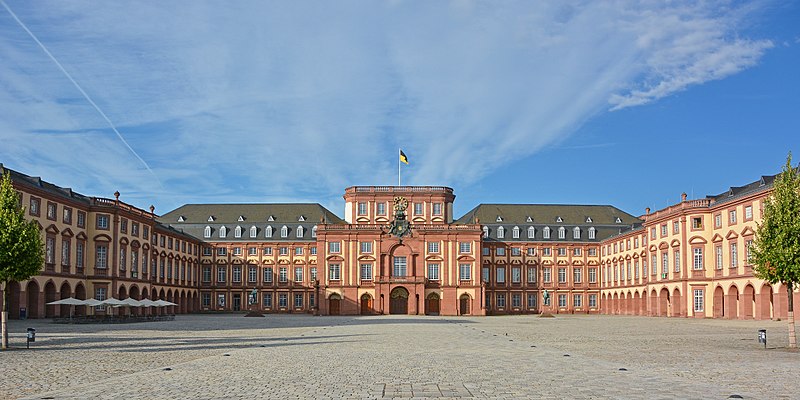Johann Stamitz, Clarinet Concerto in B Flat Major (1st movement)
The clarinet was a very new instrument in 1755 when Johann Stamitz (1717-1757) wrote his clarinet concerto. For some time his was believed to be the first clarinet concerto, although clarinet concertos by Johann Melchior Molter have been discovered from about a decade earlier.
The clarinet’s predecessor, the Chalumeau, had a very limited range, sounding only in the lowest (fundamental) register. But when the instrument maker C. H. Denner of Nuremberg added a “register key” in the early 1700s, it became a very different instrument. The register key allowed the instrument to be “over blown” so that it could reach much higher pitches. It was introduced as a substitute for the trumpet (the highest trumpet was called a “clarini”) because it could play fast passages that would be impossible on a brass instrument. Some late Baroque composers, such as Telemann and Vivaldi, wrote for the instrument.

The Czech born Stamitz came to Mannheim in 1742 and was made its director in 1750. He is considered the first of the “Mannheim School” of composers who played an important role in the development of the classical style and, in particular, the symphony. The Stamitz Clarinet Concerto provides an example of the early classical concerto in which a solo instrument is featured as opposed to the Baroque Concerto Grosso pitting a small group of players against the orchestra.
In 1760, the orchestra had a budget for two clarinetists, although they doubled as oboists. By 1778, the orchestra included dedicated clarinetists. The Mannheim orchestra had a reputation for excellence and for attracting the top players of the day.
This clarinetist in this performance is using an early version of the clarinet. In Stamitz’s time, the instrument would have only two or three keys in addition to the register key. You can learn more about the development on the clarinet in a series of short videos by Dr. Emily Worthington.



